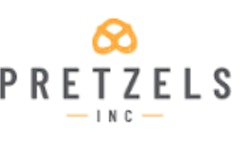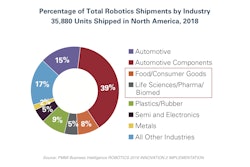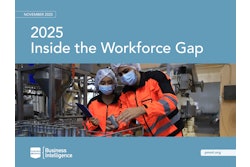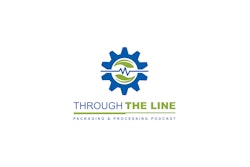
According to the “2019 Flexible Packaging Assessment Report” by PMMI Business Intelligence, retail-ready flexible packaging formats create efficiencies in the overall supply chain, and retailers are moving away from product design that uses peg bars to reduce labor time. Said one director of engineering for a food manufacturer, “Most retailers want to get away from pegs that they used to use for the pouches and just go with retail-ready trays.” Also, stores such as Safeway are using gussets with pusher trays to help products stand.
Consumers are also demanding retail-ready packaging and the convenience it offers, pushing manufacturers to create visually appealing flexible packaging that is easy to identify. RRP also makes it easier to pull orders from distribution centers, and reduces the likelihood of out-of-stock items – which could boost sales up to 3-5%.
Some of the features that manufacturers are looking for are easy to open, easy to place on shelves, and easy to replenish. Stand-up pouches, pouches with spout fitments and functional trays are well-suited to these demands, though according to the report, “Manufacturers claim that nearly everything is ending up on trays and that retailers are getting rid of pegs, as this minimizes labor. The convenience of placing trays on the shelf saves a lot of time.”






















